A peculiar leopard-spotted rock, found beside an ancient, dried-out river in Mars’ Jezero crater, contains some tantalizing clues of ancient life, NASA said.
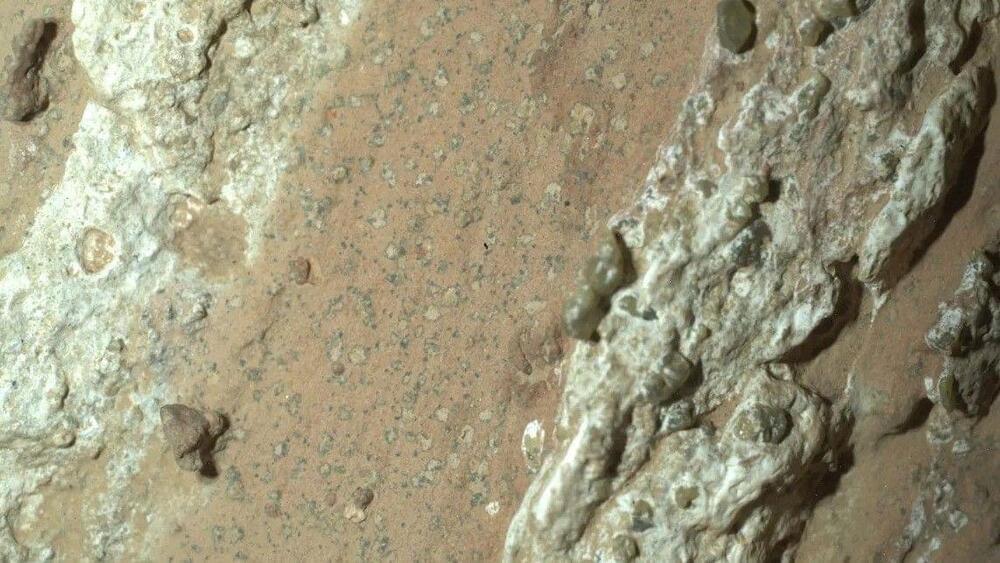

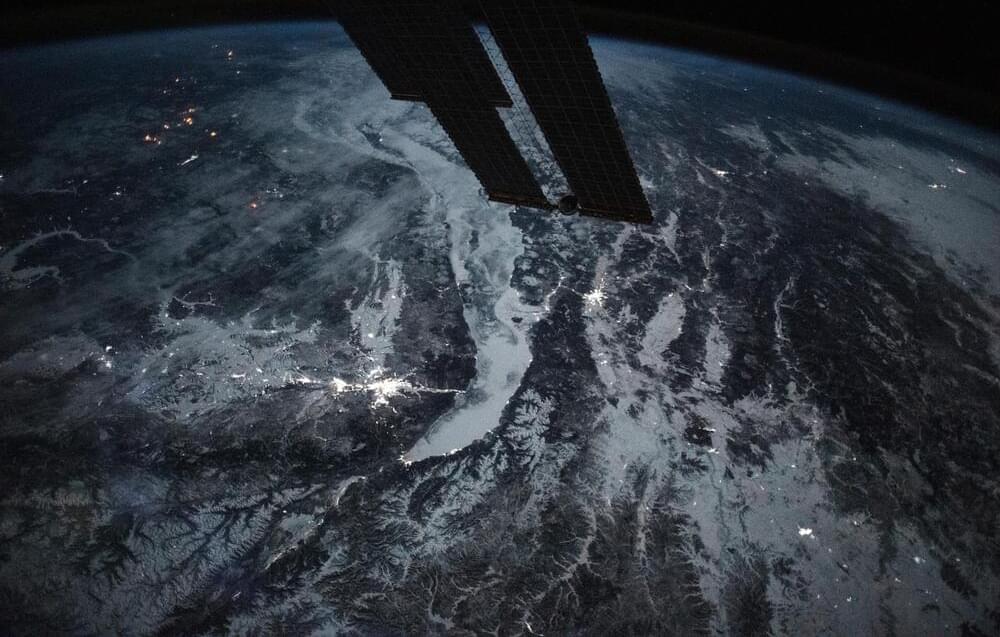
An astronaut’s photo from the International Space Station showcases Siberia and Lake Baikal at night, with snow and ice brightening the landscape.
Lake Baikal is the largest and deepest freshwater lake, known for its significant age and biodiversity. The image also highlights bright city lights, oil fields, and parts of the Trans-Siberian Railway. UNESCO has designated Lake Baikal a World Heritage site due to its unique fauna.
Siberia and lake baikal at night.

If Mark Kelly, the Space Shuttle pilot who played a pivotal role in assembling the International Space Station, is catapulted into the White House as Vice President, he could quickly help reverse the death sentence that NASA’s current leaders have placed on the ISS.
Now a widely popular U.S. senator and potential running mate of Kamala Harris, Kelly spent the first decade of the new millennium ferrying European and Japanese modules to the Station — and guiding gigantic robotic builders to put the ISS together — all while the outpost was circling the planet at 17,000 miles per hour.
The space hero — recently inducted into the pantheon of the greatest American astronauts — is likely part of a contingent of ISS spacefarers who back saving the orbiting icon from NASA’s death decree by boosting it into a higher orbit and transforming it into an eternal monument to human ingenuity, says Rick Tumlinson, a torchbearer in the “Save Our Station,” or SOS movement.
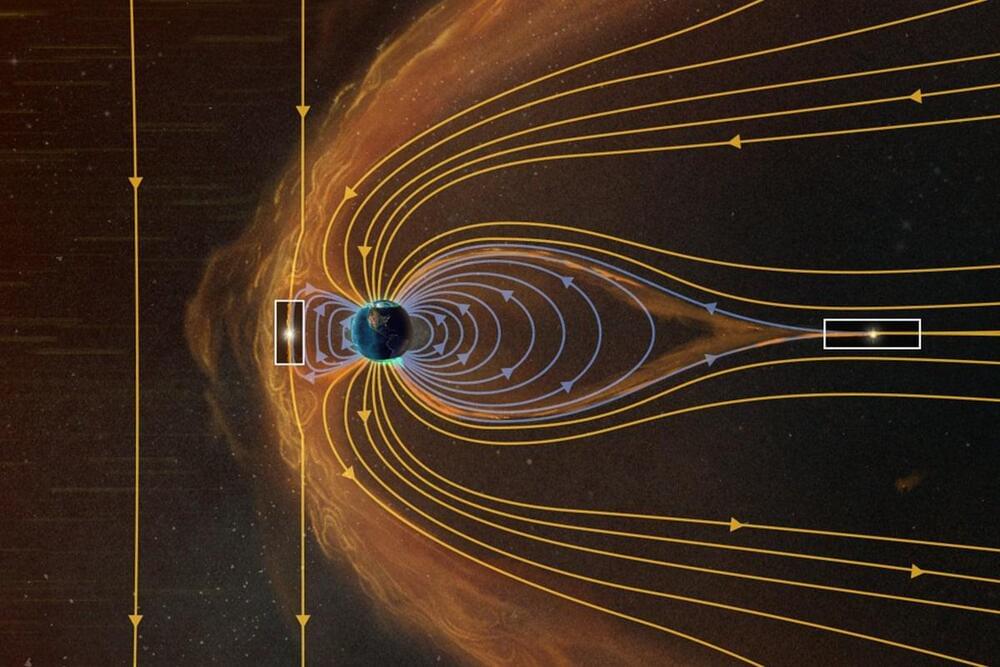
Space weather is heating up in our current solar cycle peak.
By Clara Moskowitz & Matthew Twombly
Aurora sightings may become more common, and satellite communications and power grids could be disrupted, as solar activity peaks. Our nearest star is always volatile, but its magnetic action waxes and wanes on an 11-year loop. The sun is thought to be in a peak now, although scientists will need another year or two to analyze data before they can say for sure. During this high point we should see more sunspots (dark areas where the sun’s magnetic field reaches the surface) and solar storms (ejections of energy from the sun that reach into space and can affect Earth).
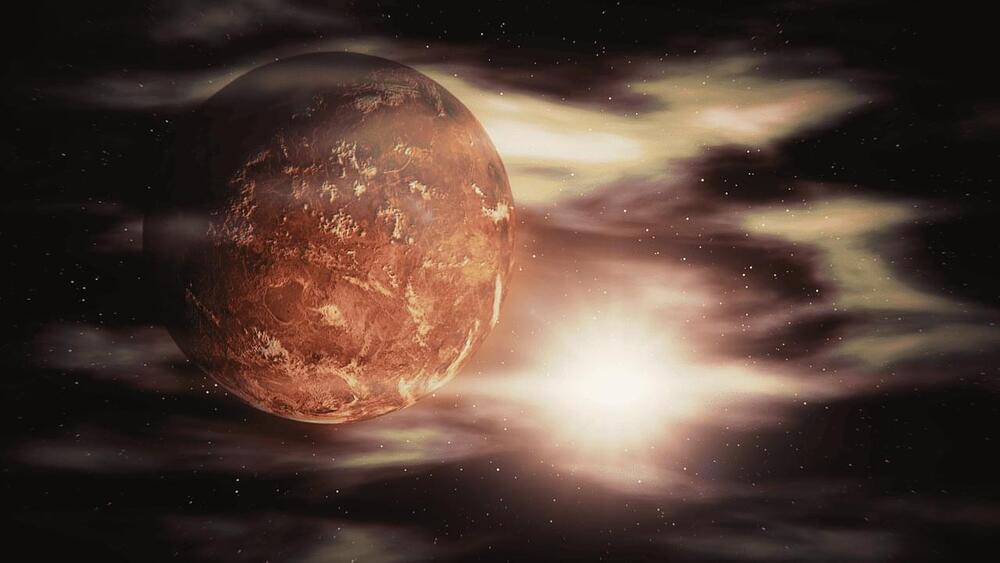
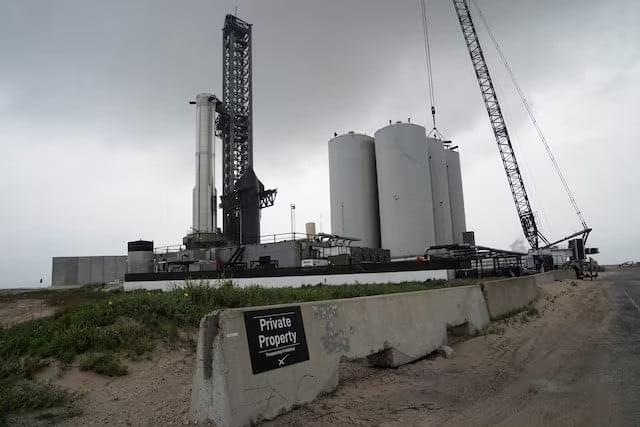
The plan would be to launch Starship from a SpaceX facility in Texas, land it in the sea off Australia’s coast and recover it on Australian territory. Getting permission to do so would require loosening US export controls on sophisticated space technologies bound for Australia, according to the sources, who spoke on condition of anonymity.
President Joe Biden’s administration already has sought to ease similar restrictions within the AUKUS security alliance, opens new tab, a grouping of the United States, Australia and Britain aimed at countering China.
SpaceX, the US Space Force and the Australian Space Agency did not immediately reply to requests for comment.
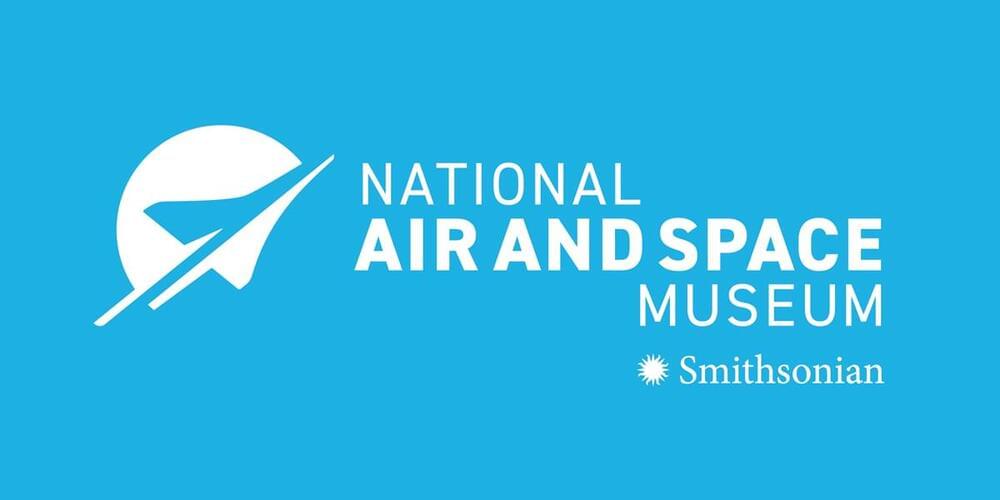
On this day in history in 1971, Apollo 15 lunar module “Falcon” landed on the Moon. Astronauts David Scott and Jim Irwin spent 66 hours, 54 minutes, 53 seconds on the lunar surface. More on Apollo 15:
Ever wanted to drive on the Moon? Apollo 15, the fourth crewed mission to land on the Moon, was the first Apollo mission to utilize a Lunar Roving Vehicle (LRV).
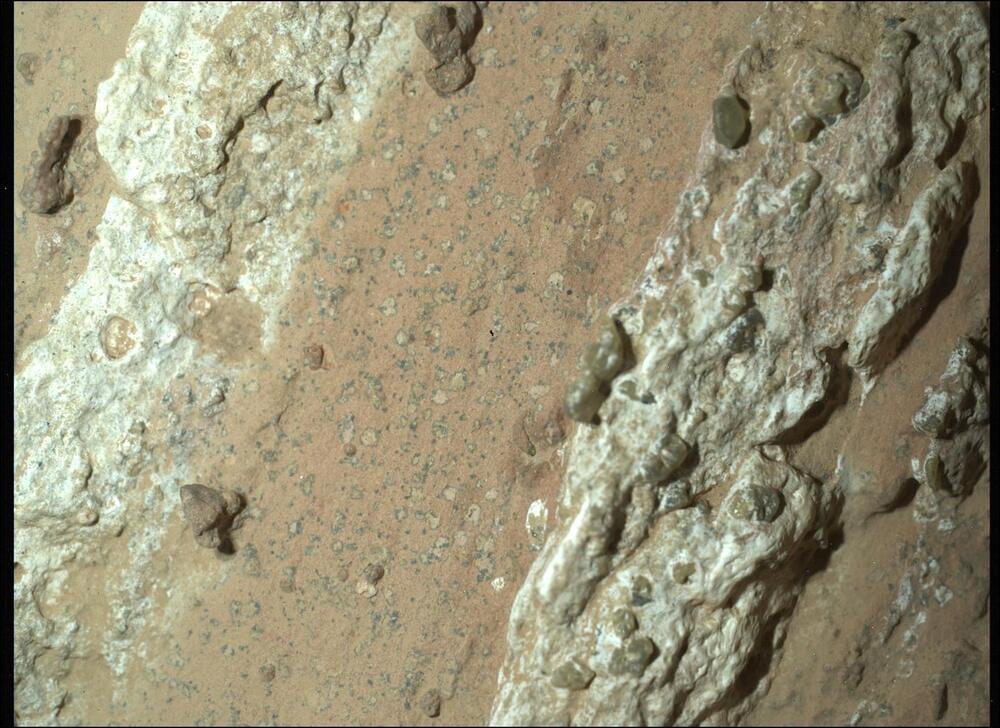
“These spots are a big surprise,” said Dr. David Flannery. “On Earth, these types of features in rocks are often associated with the fossilized record of microbes living in the subsurface.”
Did Mars once have life billions of years ago? This is what NASA’s Perseverance (Percy) rover hopes to figure out, and scientists might be one step closer to answering that question with a recent discovery by the car-sized robotic explorer that found a unique rock with “leopard spots” that have caused some in the scientific community to claim this indicates past life might have once existed on the now cold and dry Red Planet. However, others have just as quickly rushed to say that further evidence is required before jumping to conclusions.
Upon analyzing the rock using Percy’s intricate suite of scientific instruments, scientists determined that it contained specific chemical signatures indicative of life possibly having existed billions of years ago when liquid water flowed across the surface. However, the science team is also considering other reasons for the rock’s unique appearance, including further research to determine if the findings are consistent with potential ancient life.
The unique features of the rock include calcium sulfate veins with reddish material between the veins which indicate the presence of hematite, which is responsible for the Red Planet’s rusty color. Upon further inspecting the reddish material, Percy identified dozens of off-white splotches at the millimeter-scale with black material surrounding it, hence the name “leopard spots”
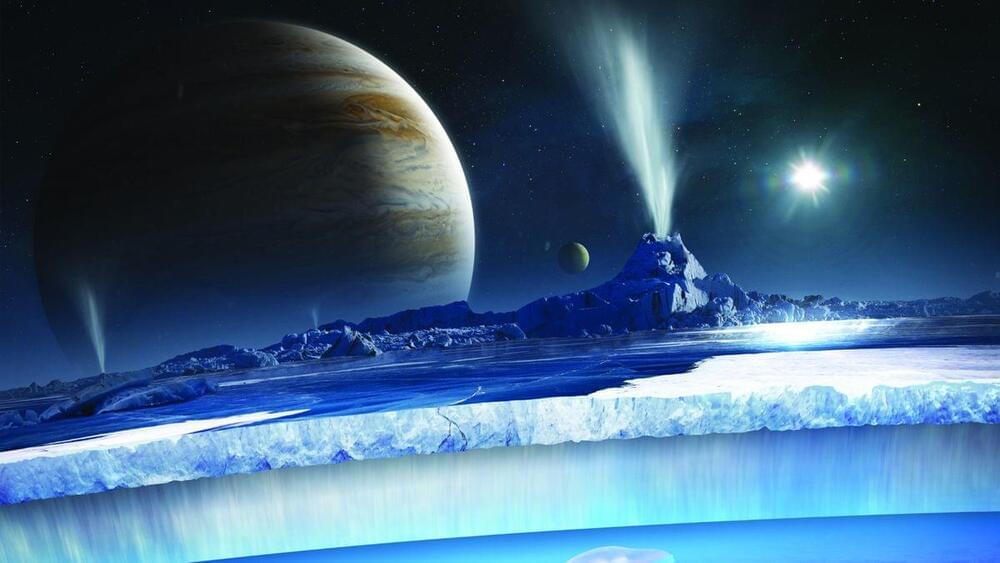

“Kepler contributed many historical benchmarks in astronomy and physics in the 17th century, leaving his legacy even in the space age,” said Hisashi Hayakawa.
How can 400-year-old sunspot drawings help modern-day scientists with solar cycles? This is what a recent study published in The Astrophysical Journal Letters hopes to address as an international team of researchers used 400-year-old drawings of sunspots to better understand solar cycles and how we can study them in the future. This study holds the potential to help researchers use non-electronic scientific tools to gain greater insight into scientific discoveries around the world.
For the study, the researchers examined drawings of sunspots made by Johannes Kepler in 1,607 along with past notes to ascertain which solar cycle these sunspots belonged to, which could help astronomers piece together solar cycles during that time and predict them, as well.